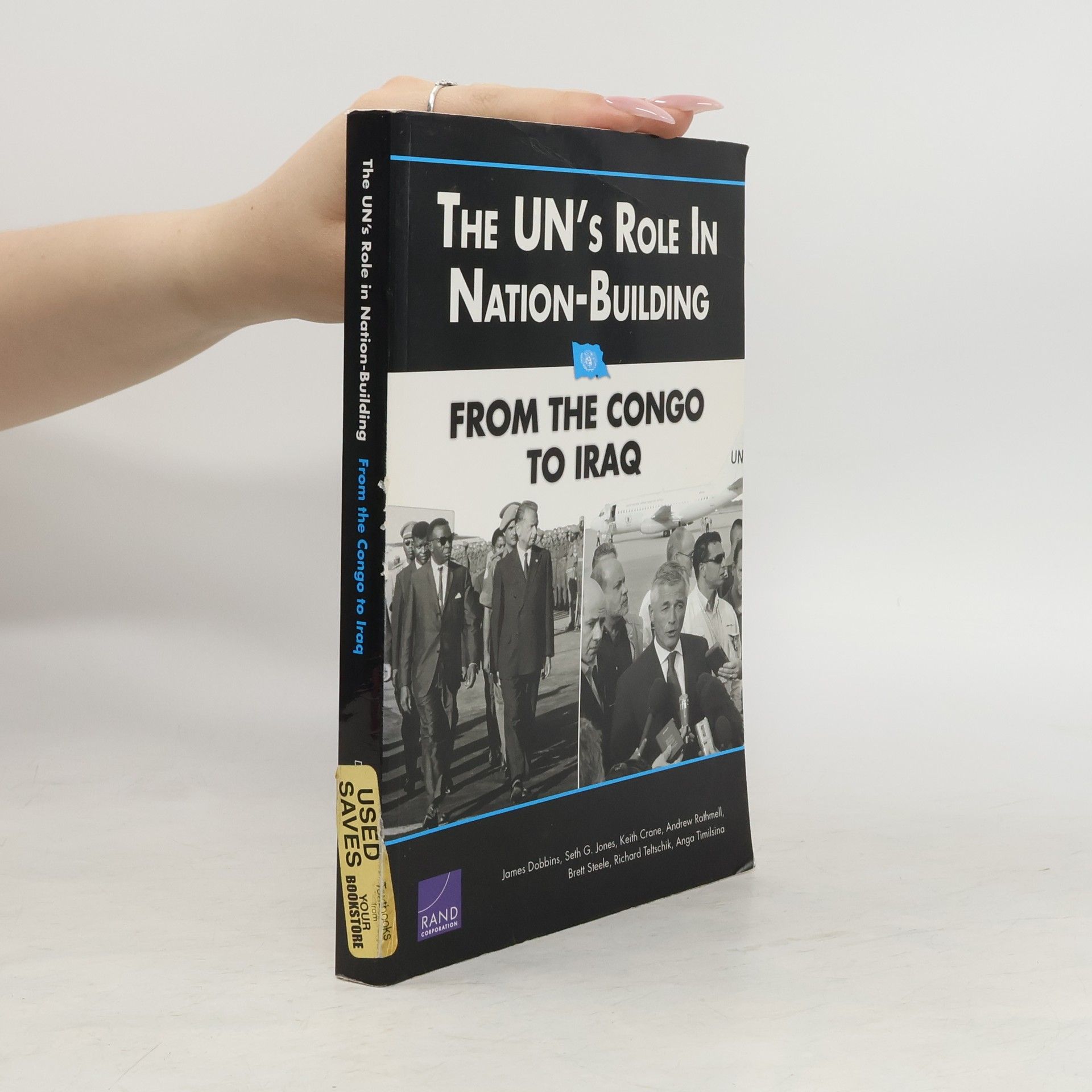Reviews UN efforts to transform eight unstable countries into democratic, peaceful, and prosperous partners, and compares those missions with U.S. nation-building operations. The UN provides the most suitable institutional framework for nation-building missions that require fewer than 20,000 men-one with a comparatively low cost structure, a comparatively high success rate, and the greatest degree of international legitimacy.
James Dobbins Book order

